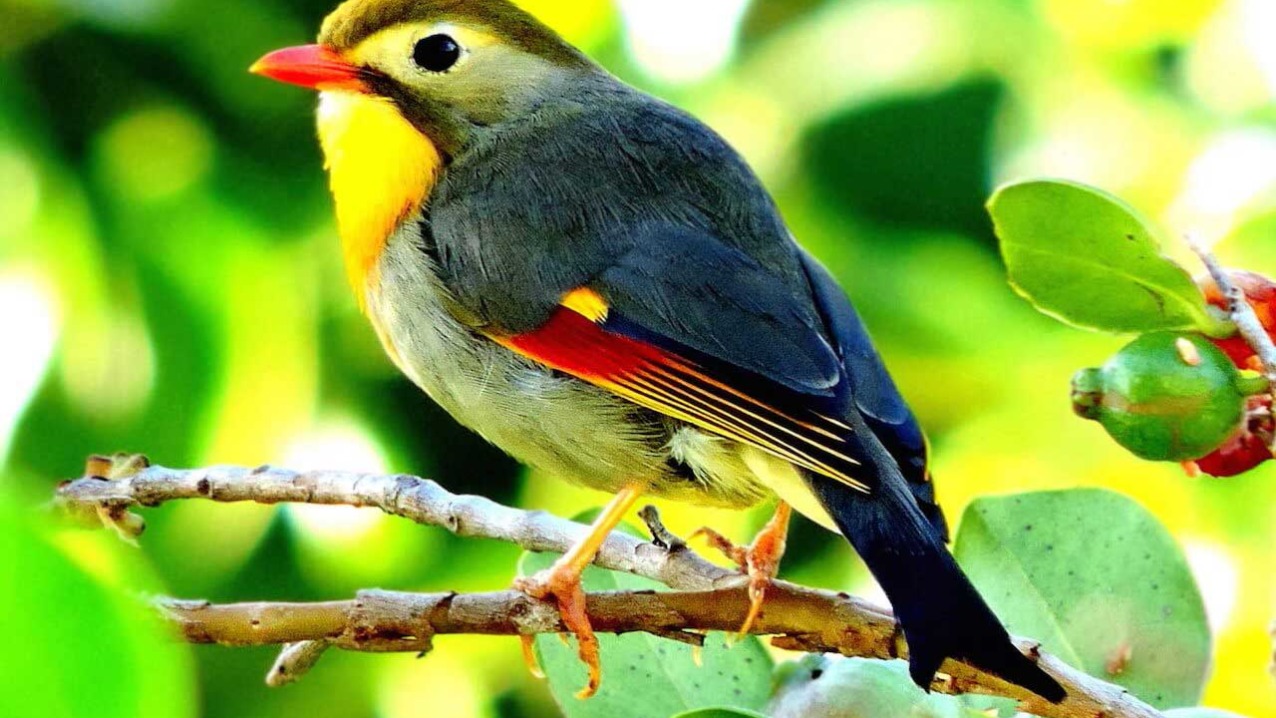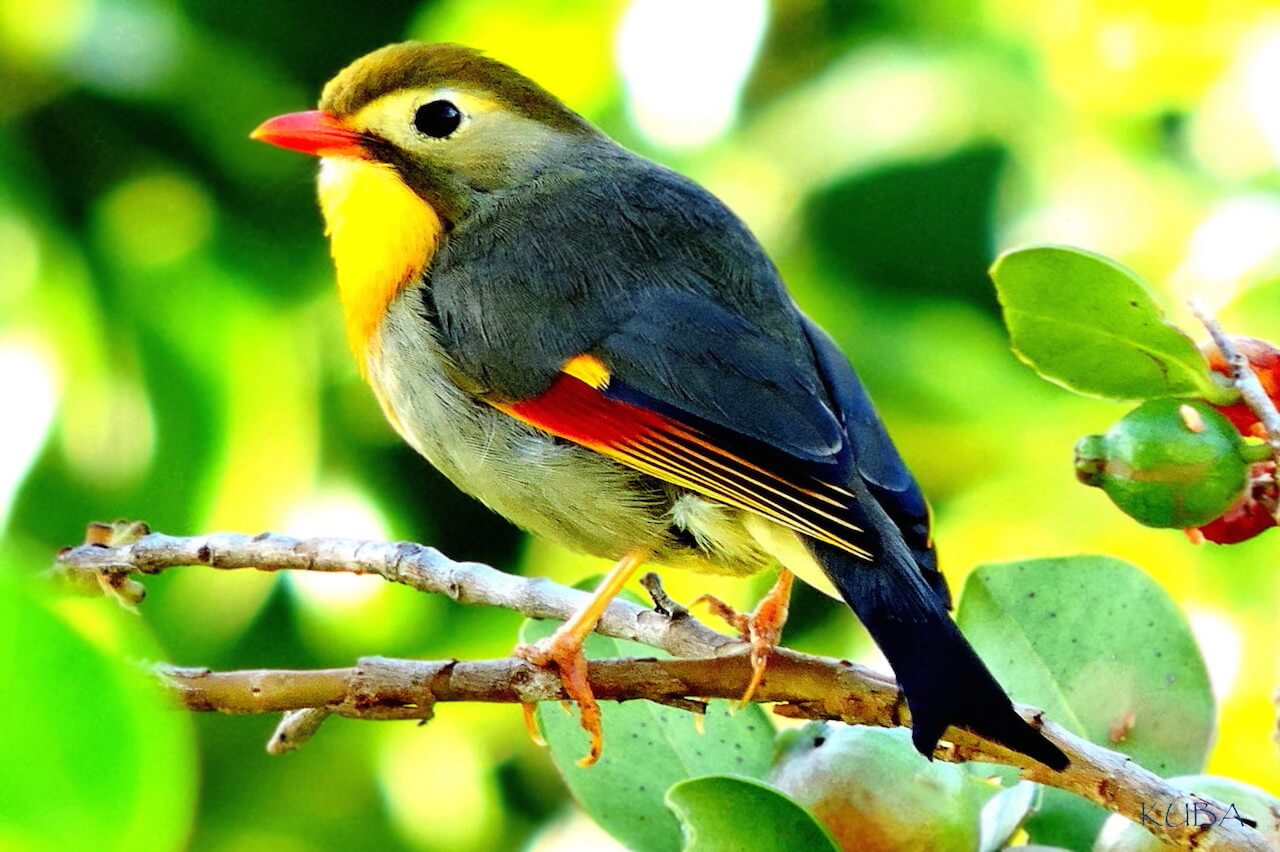leiothrix lutea
Red-billed Leiothrix
About Me
Scientific Name: Leiothrix lutea
Description
The Red-billed Leiothrix is a babbler whose length is about 14cm. They are beautifully marked with bright coloring. The adults have bright red bills and a dull yellow ring around their eyes. Their backs are dull olive green and have a bright yellow-orange throat with a yellow chin. They have forked tails. Female Leiothrix are similar to males but with a duller shade.
Fun Facts
- The Leiothrix is also known for it’s vocalizations. It sings loud, melodious songs.
- Some birds have been found at elevations of 9,000 feet. Flocks of Leiothrix’s have been known to fly up to elevations of 13,500 feet for a short period of time.
- Kingdom: Animalia
- Phylum: Chordata
- Class: Aves
- Order: Passeriformes
The Red-billed Leiothrix is a babbler whose length is about 14cm. They are beautifully marked with bright coloring. The adults have bright red bills and a dull yellow ring around their eyes. Their backs are dull olive green and have a bright yellow-orange throat with a yellow chin. They have forked tails. Female Leiothrix are similar to males but with a duller shade. Juveniles have black bills and gray coats. This Leiothrix is also known for it’s vocalizations. It sings loud, melodious songs.
Red-billed Leiothrix are native to Southern Asia and are now found on the Hawaiian Islands. These birds were first introduced to Kauai in 1918. Sometime later, these birds were introduced to the other islands. Leiothrix prefer to inhabit underbrush’s at all elevations with a cover of dense vegetation near the ground. Some birds have been found at elevations of 9,000 feet. Flocks of Leiothrix’s have been known to fly up to elevations of 13,500 feet for a short period of time. These birds favor areas with at least 40 inches of rain.
These conspicuous birds often travel in small flocks and are active fliers. Although captive pairs can be aggressive when put in the same cage, in the wild they seem to get along well when overlapping each other’s territory. In captivity, pairs remain mated for life. To get around, these birds walk, hop, climb, and also fly. Leiothrix’s frequently bathe in shallow pools. In the wild, they are monogamous.
Fruits compromise the majority of their diet with the remainder made up of invertebrates. Some fruits included in their diet are strawberry guava, thimbleberry, and sometimes overripe papaya. Their diet also includes: larval and adult butterflies, moths, millipedes, and spiders. They have been known to eat mealworms and mollusk. These birds often drink from pools of water on fallen leaves.
These conspicuous birds breed between March and August on the Hawaiian Islands (excluding Kauai, Kaho’olawe, Lana’i, and Ni’ihau). Singing is most constant during the breeding season. Nesting usually occurs in underbrush at all elevations. The nest is built shaped like a cup and consists of leaves (including bamboo), moss, and lichen, lined with fine threads of fungal substance. The nest is placed on a horizontally forked branch of may also be bound to stems or twigs. Female Leiothrix usually lay three to four eggs. The average size of an egg is around 15.4 x 20.4mm. These eggs are pale blue and contain reddish-brown spots. Since the nesting sites are so low to the ground, they are highly vulnerable to predators, especially rats. Adults may distract predators away from the nest by running and calling on the ground. Incubation takes approximately 14 days. Newly hatched nestling have a bright reddish apricot skin. Both parents take turns feeding the young. Babies are mostly fed insects and sometimes fruits.
In 1998, the Red-billed Leiothrix was added to Appendix II of CITES (Convention for International Trade in Endangered Species) because its native habitat is being destroyed and the demand for Leiothrix for the cage bird market. Even so, their populations still prosper in Hawaii. Populations remain stable in Hawaii except for Kauai where they have recently disappeared.
Other Birds
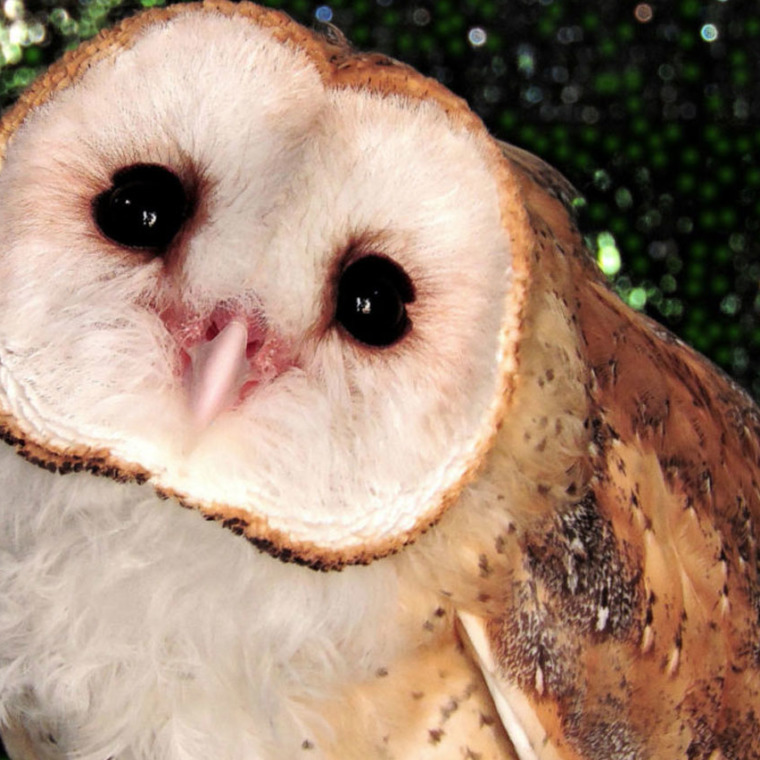
Barn Owls are found throughout the globe, in Europe, Africa, Asia, Austrailia, and the Americas
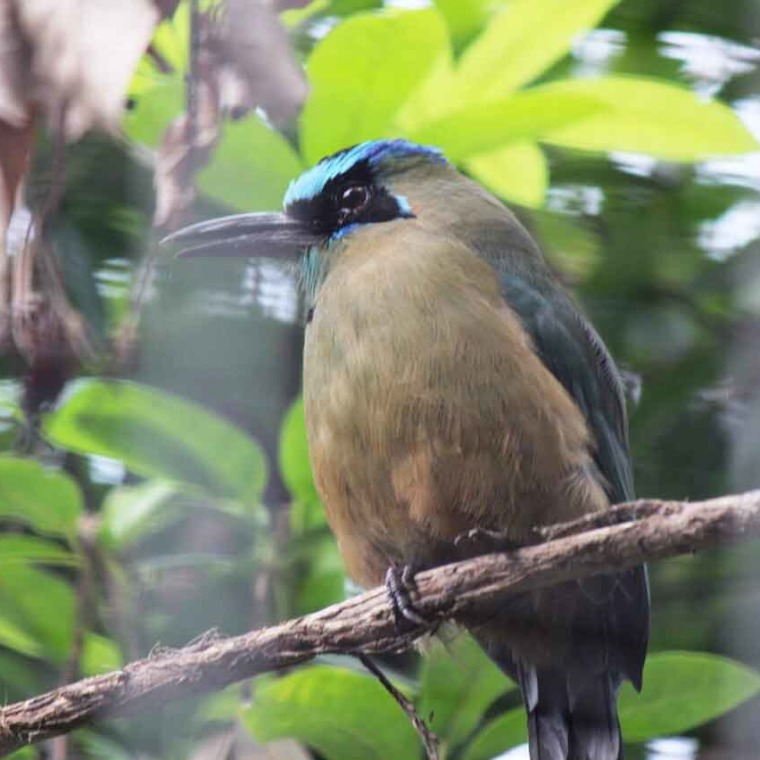
This animal can grow over a foot in length! Motmots possess a serrated beak and red eyes, with a black mask that encircles their heads.
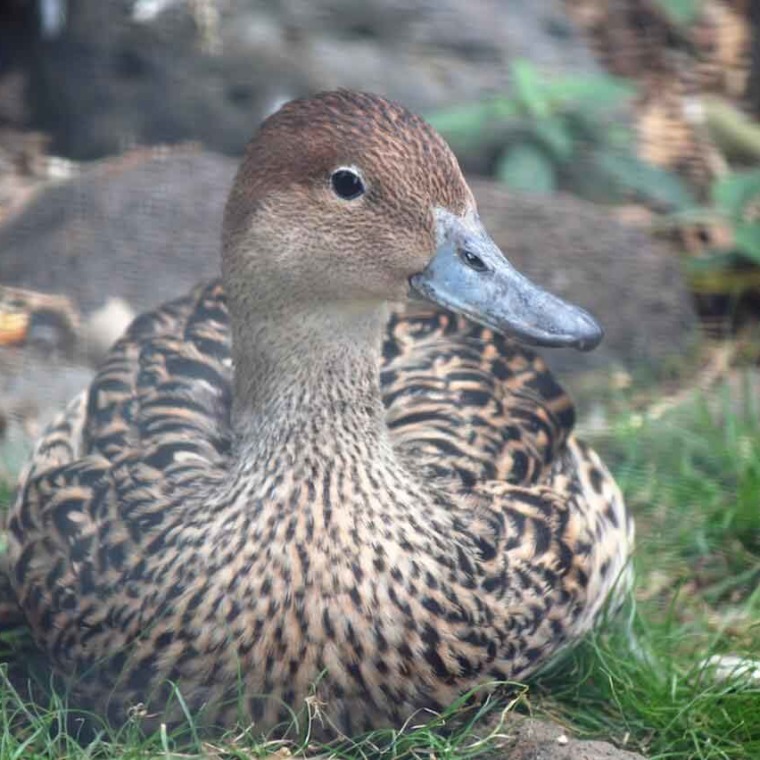
Koloa maoli are very secretive and difficult to observe except in protected areas such as Hanalei National Wildlife Refuge on Kauai.
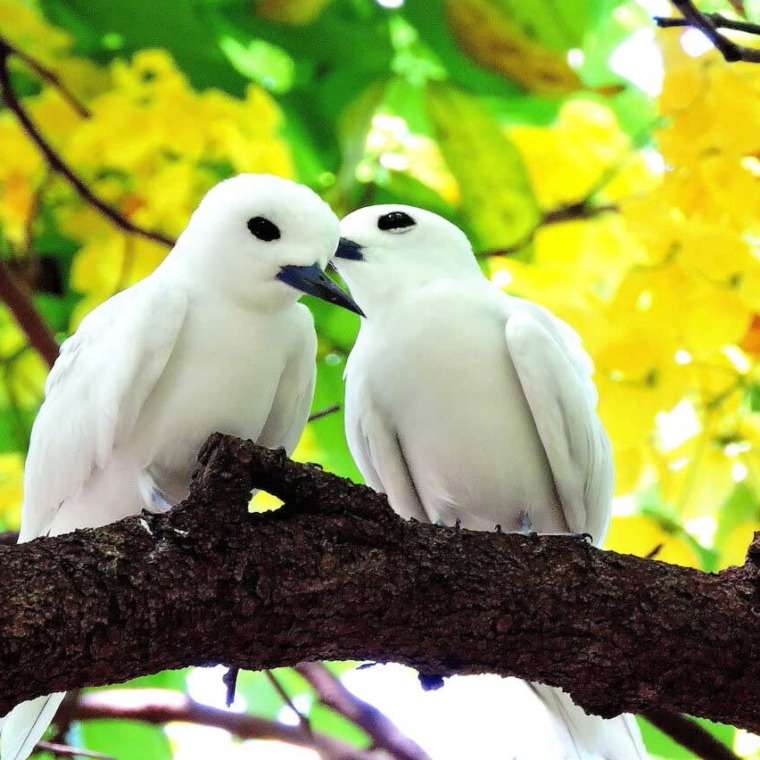
This bird is found primarily on islands, and has a wide ranger across the equatorial band of every ocean on Earth, save for the Arctic Ocean, which does not cross the equator.
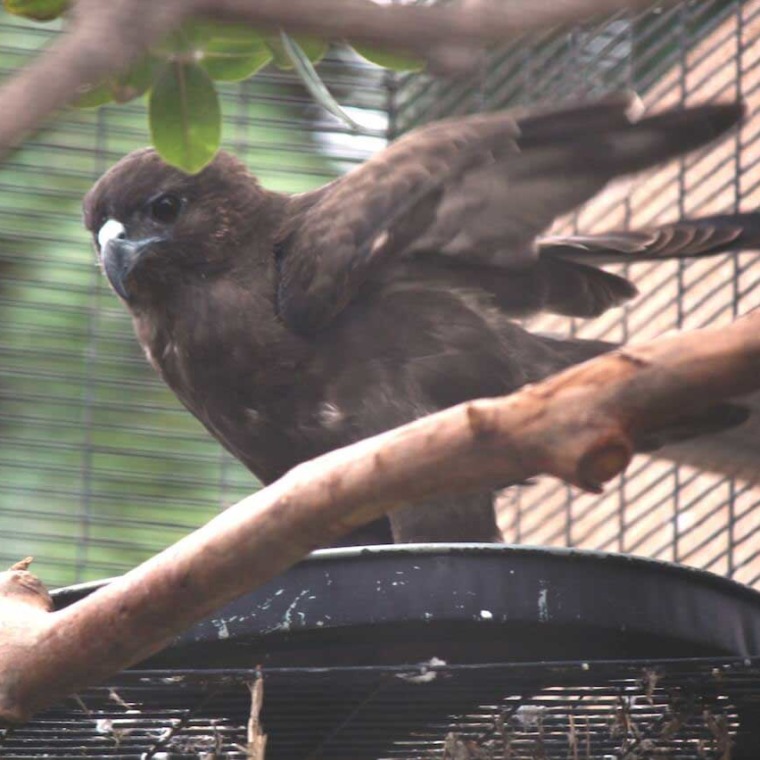
’Io prefer to hunt from tall perches that they use to survey their prey; however, they are known to dive at targets from mid-flight if the opportunity presents itself. are territorial and come together only to breed.


